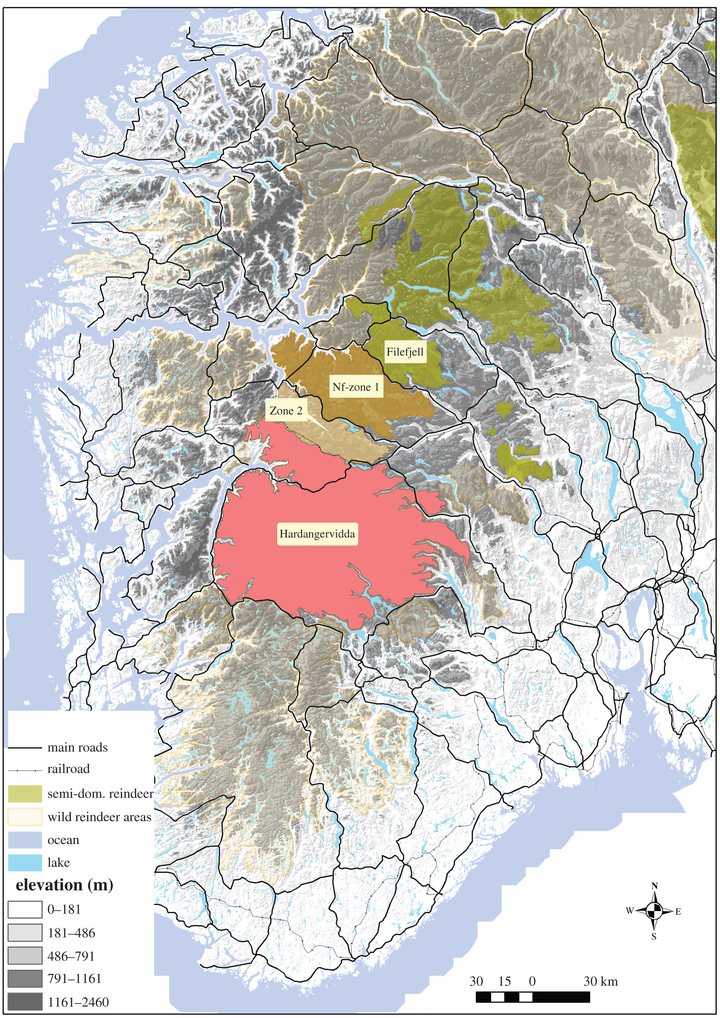Harvest strategies for the elimination of low prevalence wildlife diseases

Abstract
The intensive harvesting of hosts is often the only practicable strategy for controlling emerging wildlife diseases. Several harvesting approaches have been explored theoretically with the objective of lowering transmission rates, decreasing the transmission period or specifically targeting spatial disease clusters or high-risk demographic groups. Here, we present a novel model-based approach to evaluate alternative harvest regimes, in terms of demographic composition and rates, intended to increase the probability to remove all infected individuals in the population during the early phase of an outbreak. We tested the utility of the method for the elimination of chronic wasting disease based on empirical data for reindeer (Rangifer tarandus) in Norway, in populations with (Nordfjella) and without (Hardangervidda) knowledge about exact disease prevalence and population abundance. Low and medium harvest intensities were unsuccessful in eliminating the disease, even at low prevalence. High-intensity harvesting had a high likelihood of eliminating the disease, but probability was strongly influenced by the disease prevalence.